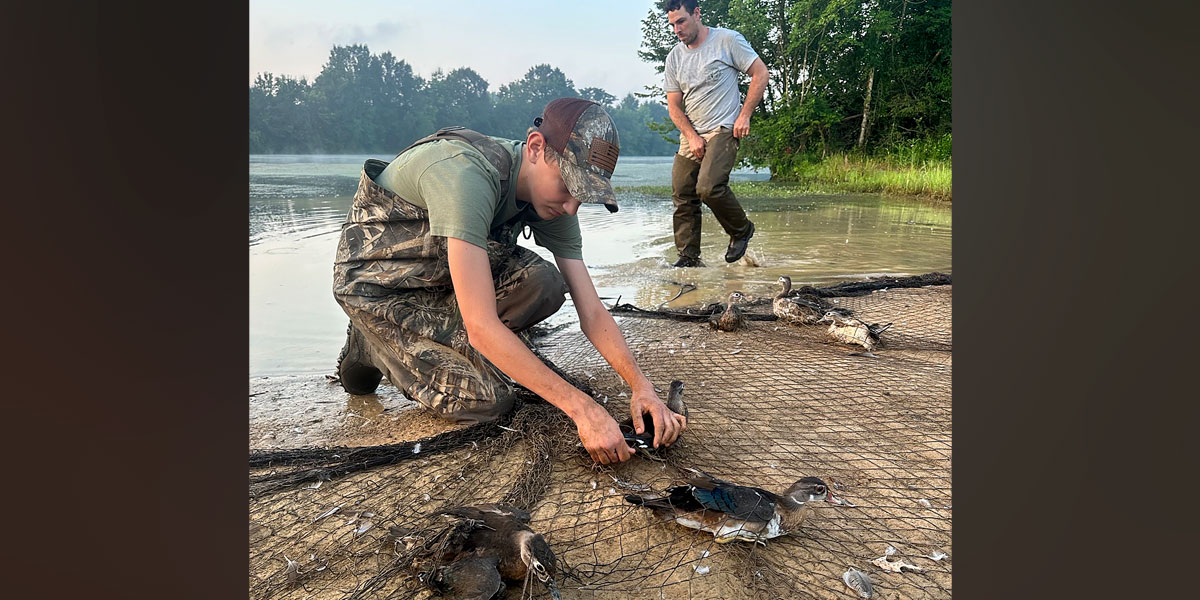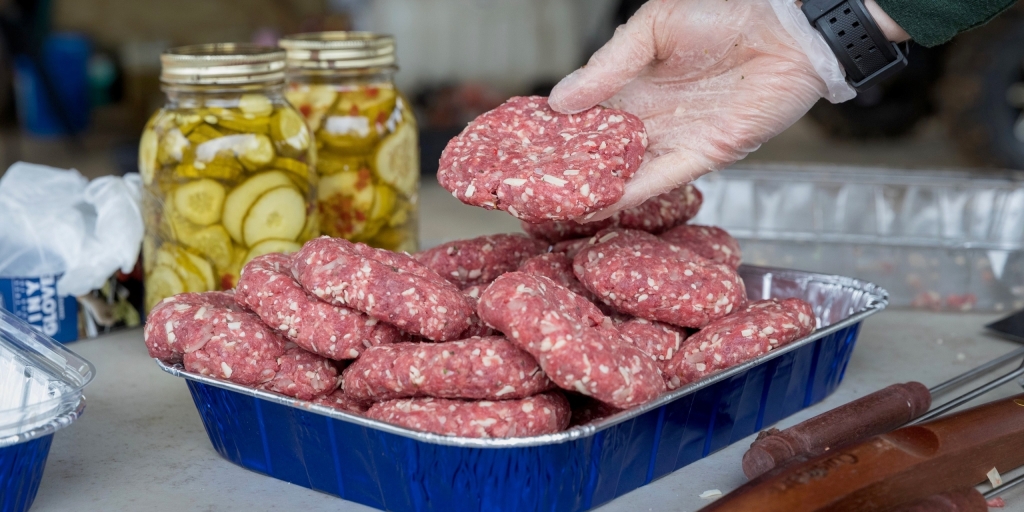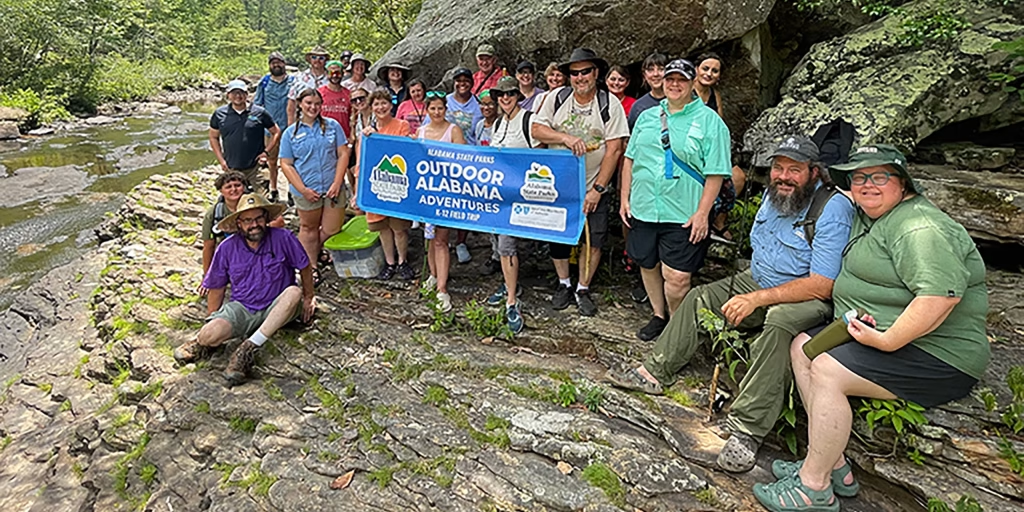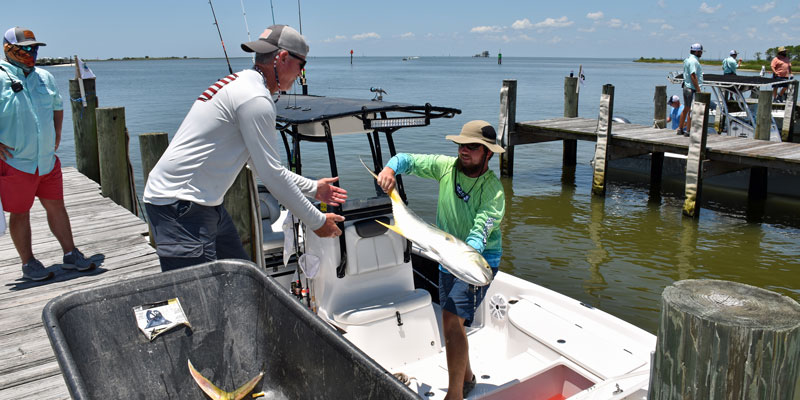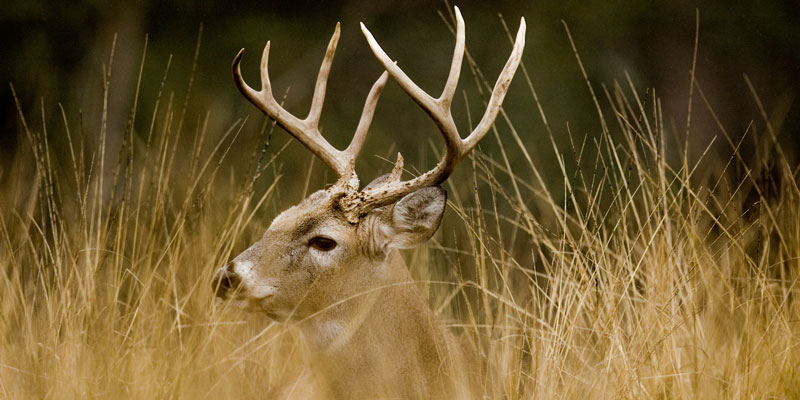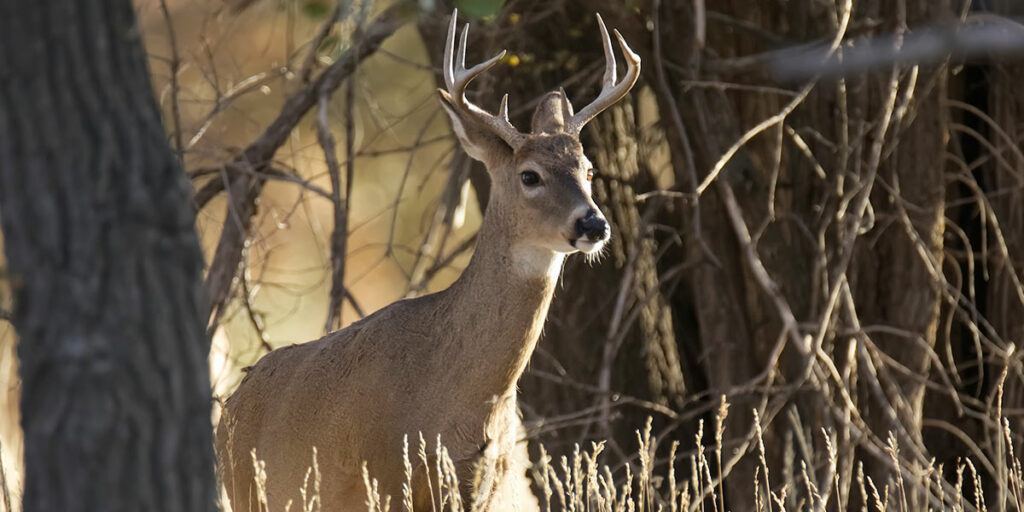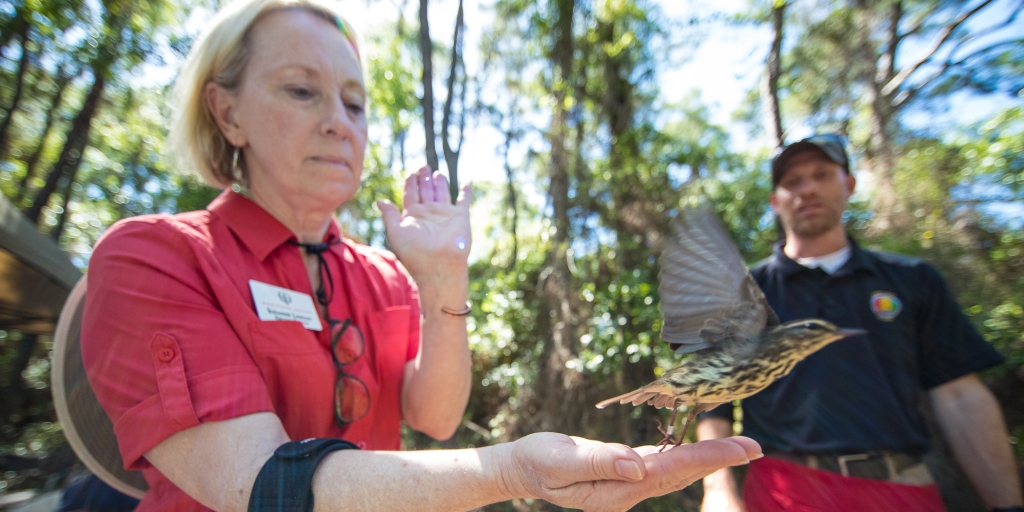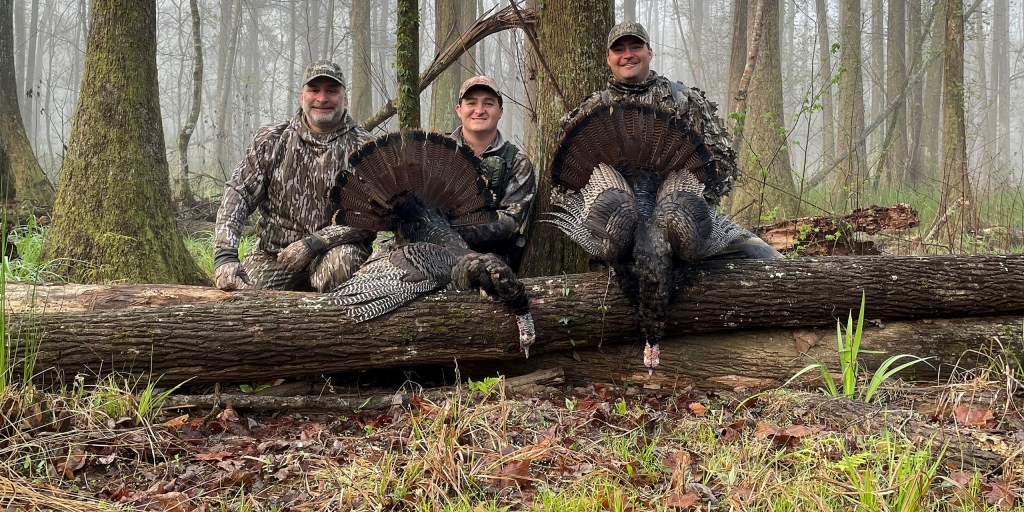Although the U.S. Fish and Wildlife Service’s annual waterfowl survey indicates overall duck numbers are down, Seth Maddox remains optimistic about Alabama’s 2023-2024 waterfowl seasons.
Maddox, Assistant Wildlife Section Chief for the Wildlife and Freshwater Fisheries Division of the Alabama Department of Conservation and Natural Resources, said the USFWS survey occurred on the breeding grounds in the upper Midwest and Canada before the success of the hatch was known.
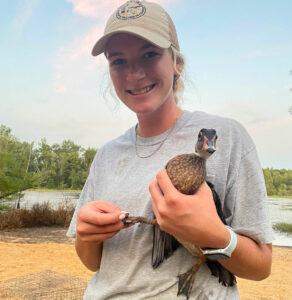
“The previous year we had some poor habitat conditions in the breeding grounds,” Maddox said. “This year, it looks a lot better as far as more water on the landscape. So, even though the overall population is down, the hatch reproduction was probably really good because of the better habitat conditions. That means we should see a lot of young-of-the-year ducks coming down. We should have an increased fall flight for this year.”
Maddox said the USFWS survey is conducted in May after the males and females are paired. The count is for paired ducks and lone males. In late May and June, the paired ducks start breeding, and the hen will produce a clutch of eggs that will hatch in about a month.
“After they hatch, the hatchlings will hang out with their mom,” he said. “They feed themselves, but they will stay together. It takes about 45 days to grow flight feathers and be fully flighted. At that point, they are kind of on their own.”
The start of the fall migration depends on the species with some patterns dictated by the length of the days and others by the availability of food and suitable habitat.
“As days get shorter, gadwall and blue-winged teal start moving south,” Maddox said. “Mallards and green-winged teal are weather migrators, so as the temperatures drop, they start moving south. But they don’t all move at once. Some tend to hang around and tough it out as long as they can. Some go to traditional wintering areas right away. It’s kind of a mixed bag for mallards, for example. Some might go straight down the Mississippi alluvial valley to their traditional wintering grounds. Some may hang out in Minnesota and Iowa until they are forced out by ice and snow. It depends on the individual bird and what it’s traditionally done.
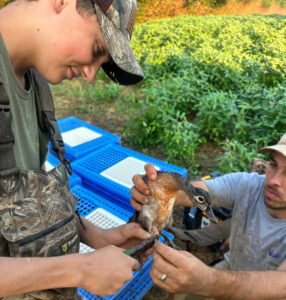
“The juvenile birds are more likely to keep pushing south. And it depends on the conditions during that southward migration. They may stop at different sites if there is really good food there and may hang on longer to build up those reserves. If they stop at a site and the conditions aren’t good, not a lot of food on the ground, they will be going south quicker.”
Alabama’s most hunted and harvested duck, the wood duck, apparently had a good breeding season as well.
“We really had a good banding season for wood ducks,” Maddox said. “It’s our number one harvested duck statewide. I think we’ll have a lot of wood ducks on the landscape this year. So, it should be a good wood duck year. We banded almost 900 birds this summer, which is a good number. The production looks really good, which is a byproduct of the wet spring and summer we had.”
Although the Gulf Coast states have been in drought conditions this fall, Maddox said the conditions during the summer were much more favorable for the waterfowl habitat.
“Prior to the dry fall, we had a pretty wet summer,” he said. “There should be plenty of food on the ground. On our waterfowl management areas, the crops and moist soil native vegetation are looking good. We had enough rain for those to grow and produce seeds. We should have plenty of food when they arrive.
“I’m not too worried about current conditions. Traditionally, October is our driest time anyway in Alabama. We should start getting rain in November, and that should open that food source up when those birds arrive here.
Maddox said the duck seasons in the northern Midwest have already opened, and he has heard some good reports of hunting in those areas with prairie potholes and abundant lakes.
Regarding Alabama’s early teal season in September, Maddox said it was feast or famine.
“The teal pushed through pretty quick,” he said. “We had one good weekend. If they were there today, they could be gone tomorrow. If you had water, you probably had teal. If you didn’t, you weren’t going to get any.”
The regular waterfowl season for ducks, coots and mergansers is set for November 24-25 and December 2 through January 28, 2024. The bag limit of six ducks is unchanged. The limit may include no more than four mallards (no more than 2 may be female), three wood ducks, one mottled duck, two black ducks, two redheads, one pintail, two canvasback and one scaup. The coot limit is 15 per day, while the merganser limit is five per day, only two of which can be hooded mergansers.
The goose season is currently open through October 28 and then will be the same dates as duck season. The aggregate bag limit for dark geese (Canada, white-fronted, Brant) is five per day. The limit for light geese (snow, blue and Ross’s) is also an aggregate of five per day.
“It’s the same story every year,” Maddox said. “We’re at the bottom of the funnel of the flyway. We’ll get gadwalls and ringnecks. They are going to come down because the days are getting shorter. They should get here in early to mid-November. From there, we’ll get a mixing of other species, but it’s very weather dependent. The abundance of those other species will be determined by those winter weather patterns.”
Maddox said the number of waterfowl hunters continues to increase across the state, based on the number of duck stamps sold.
“We don’t have a physical duck stamp anymore, so we don’t have collectors buying stamps,” he said. “Last year we had a record year for the third year in a row for duck stamp sales at 38,396.
“Typically, what we see is opening day drives the bus. If we have a good opening day, we have increased participation. The weather drives a lot of that. If the weather is in the 80s, it makes for tough duck hunting. But I really gauge it on wood ducks because that’s our number one harvested species. The more wood ducks we have, the more hunters we have on the landscape.”
David Rainer is an award-winning writer who has covered Alabama’s great outdoors for 25 years. The former outdoors editor at the Mobile Press-Register, he writes for Outdoor Alabama, the website of the Alabama Department of Conservation and Natural Resources.




